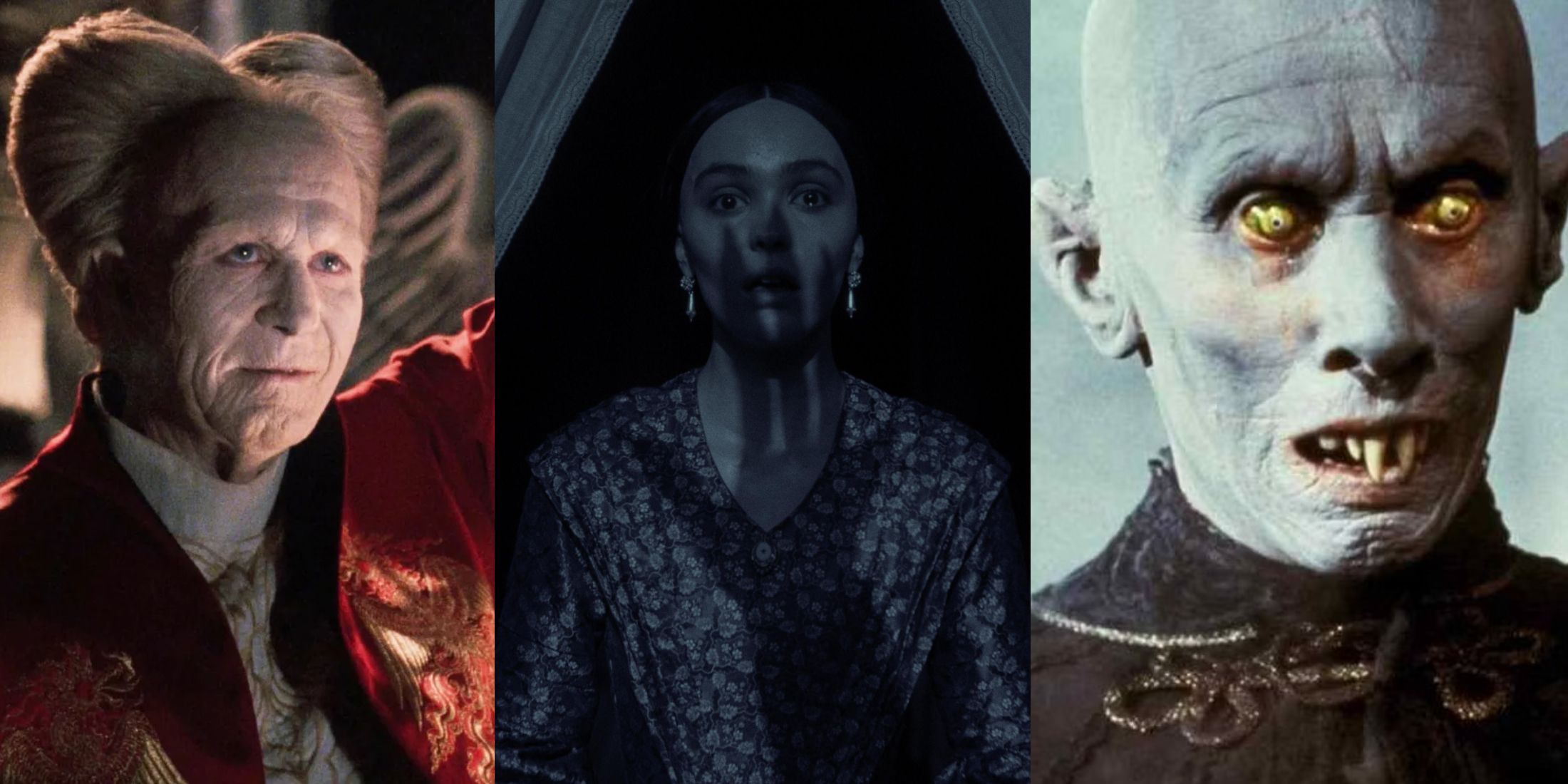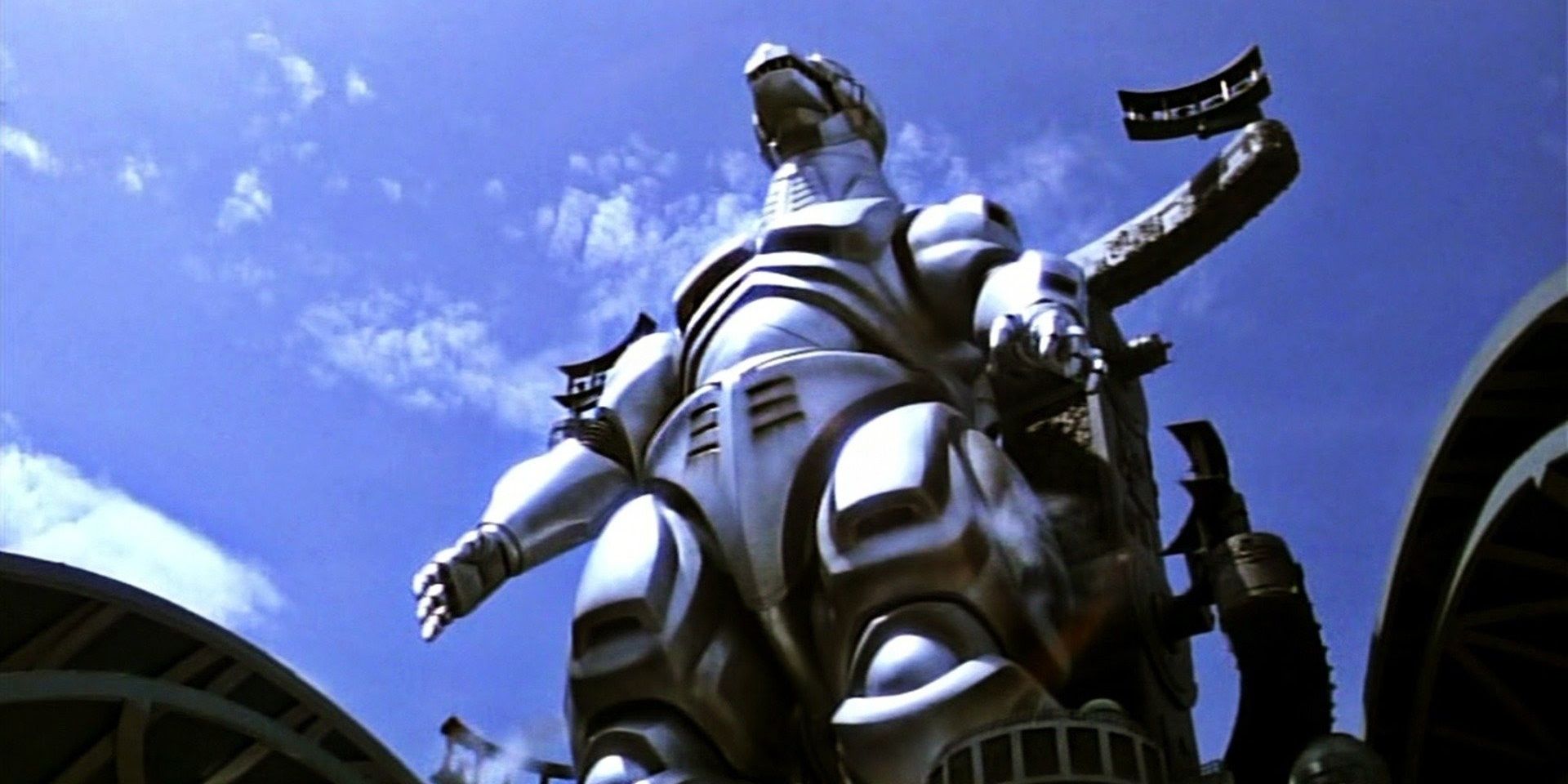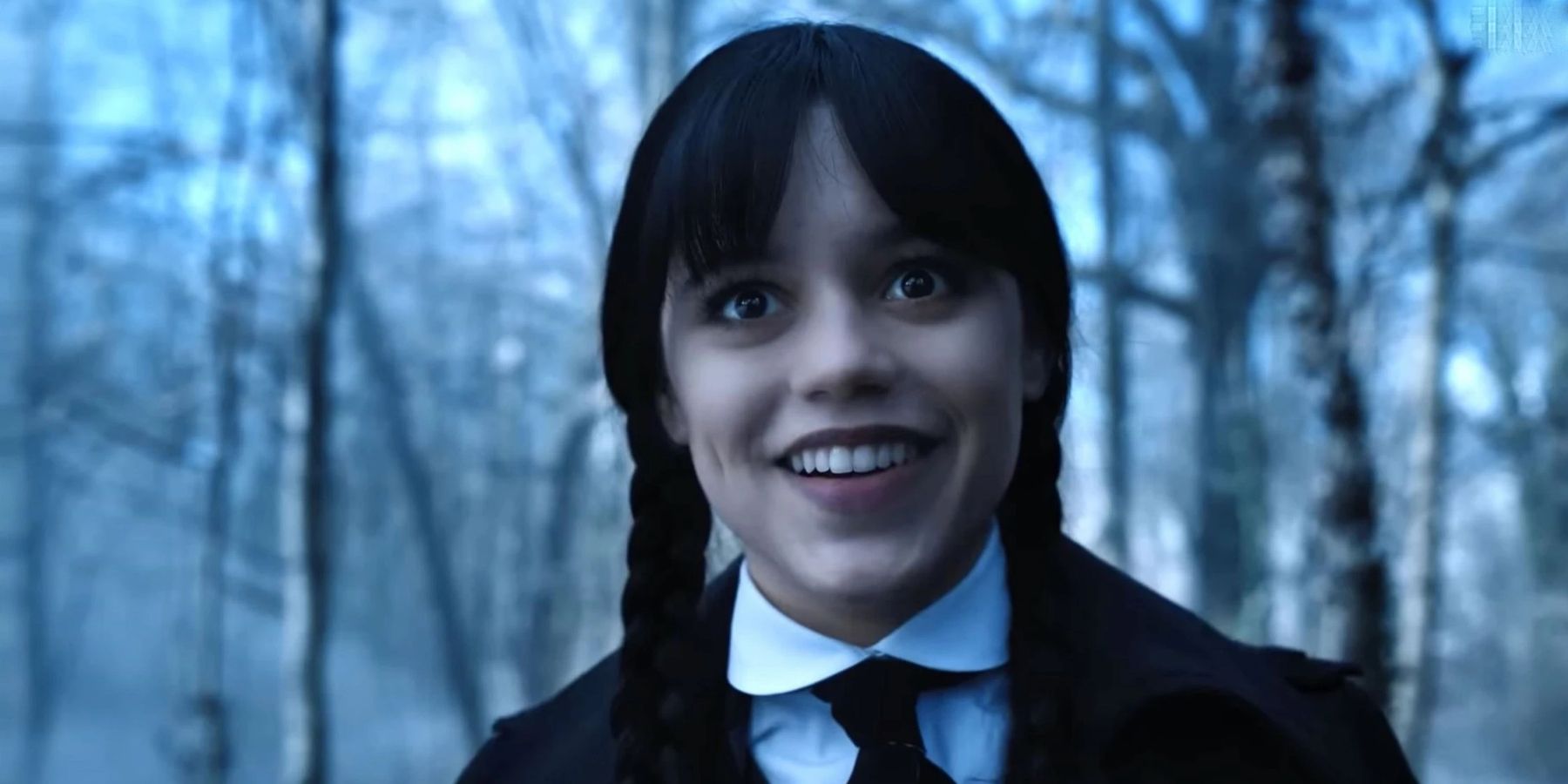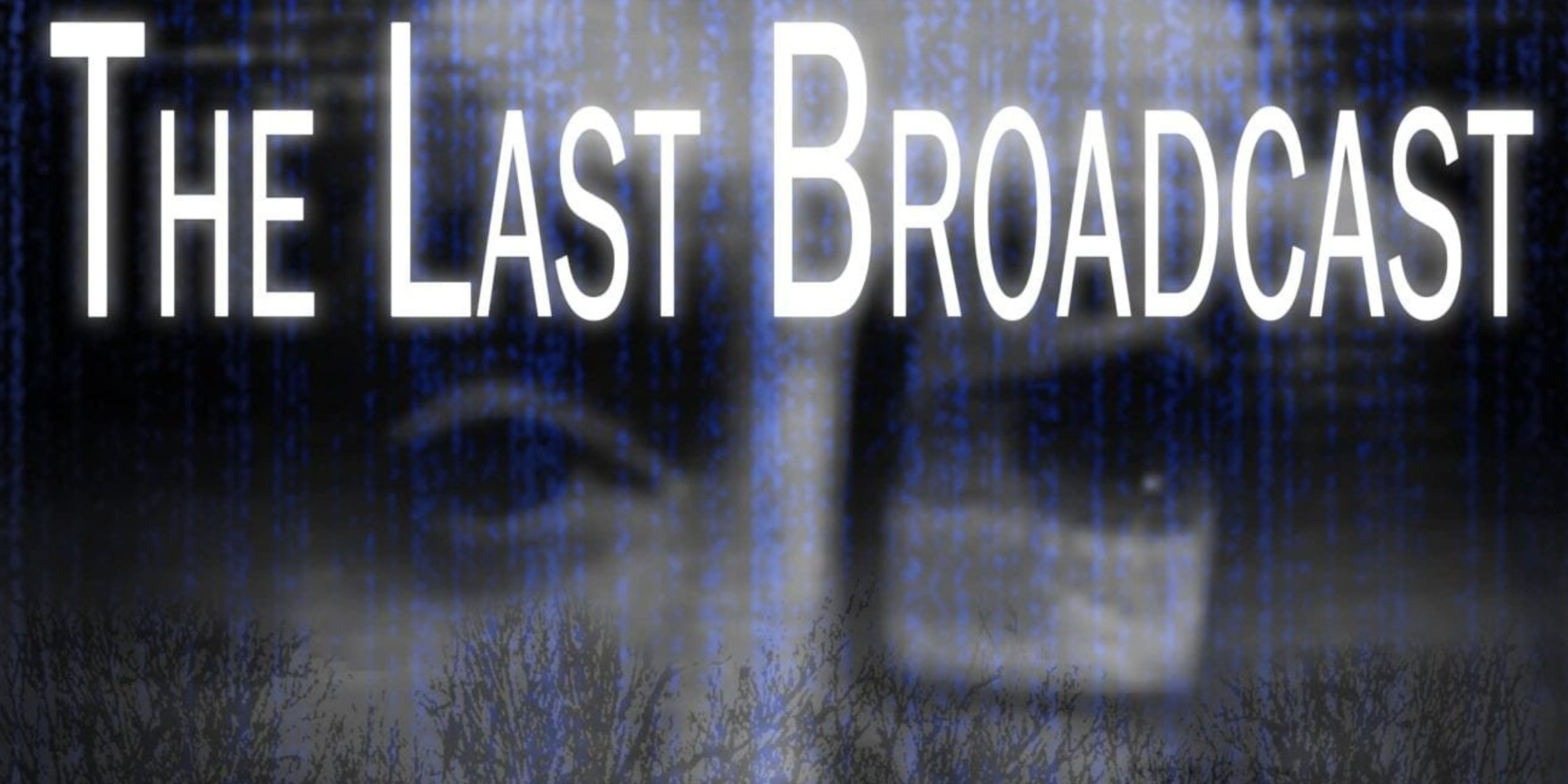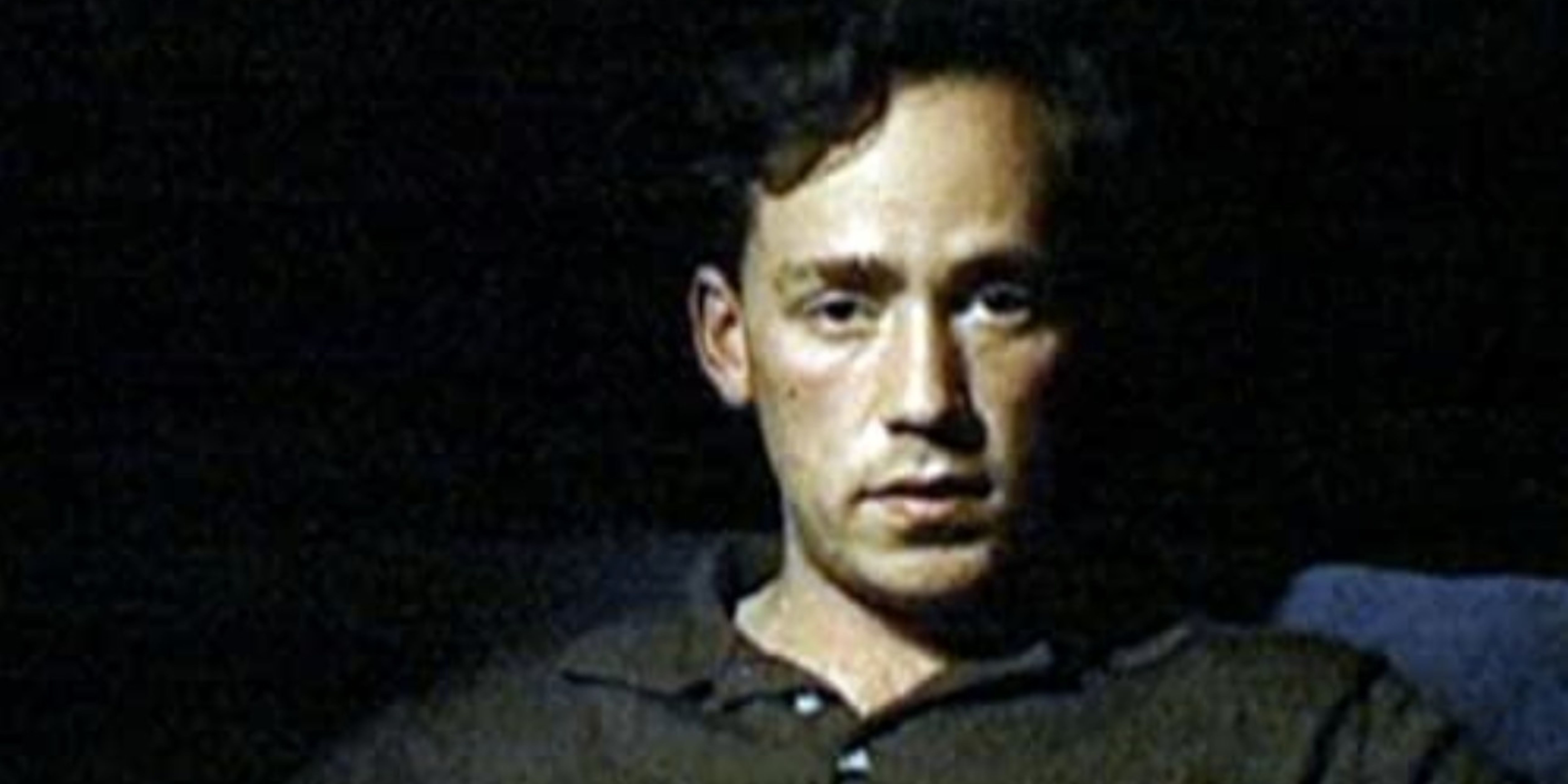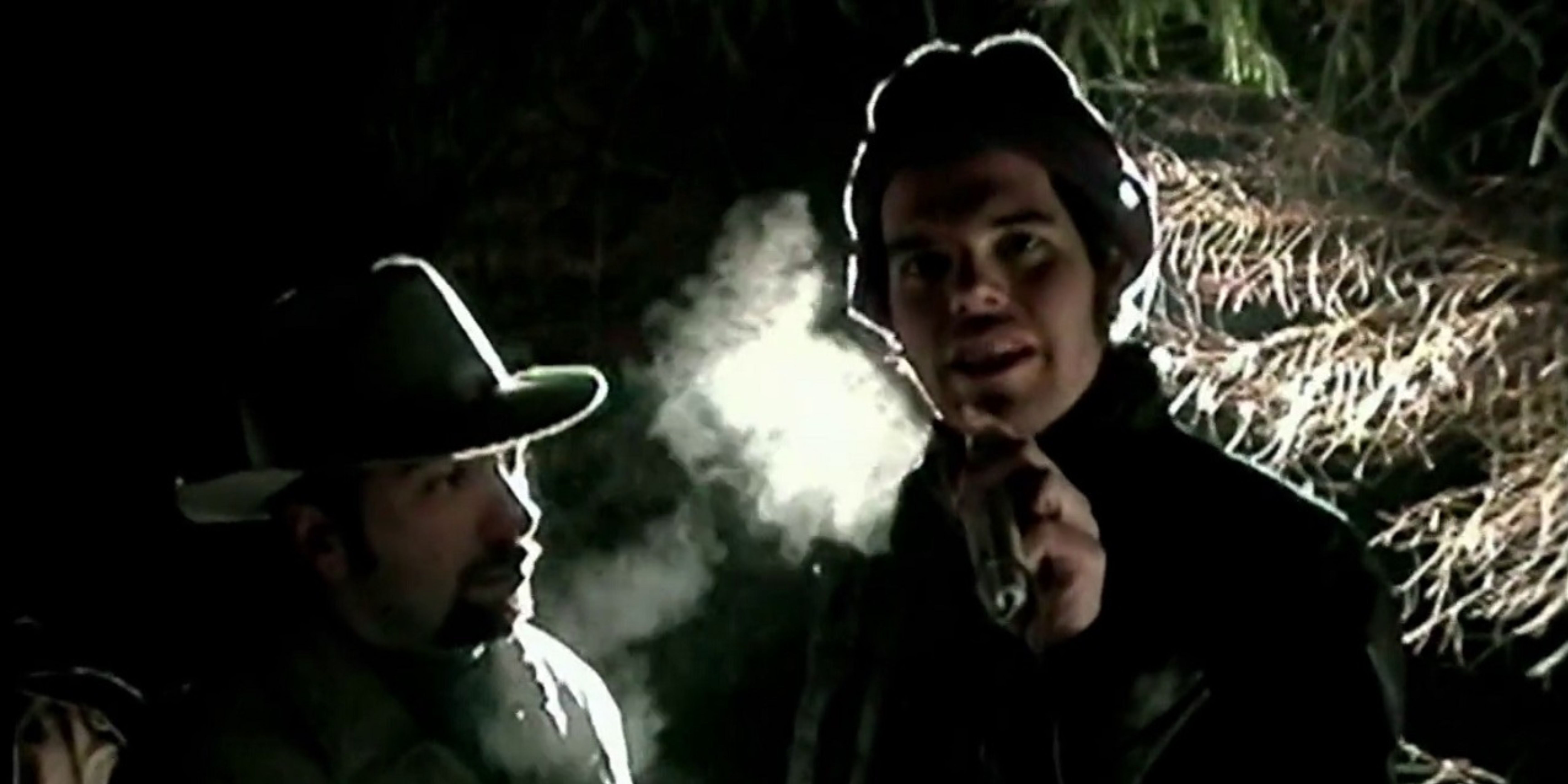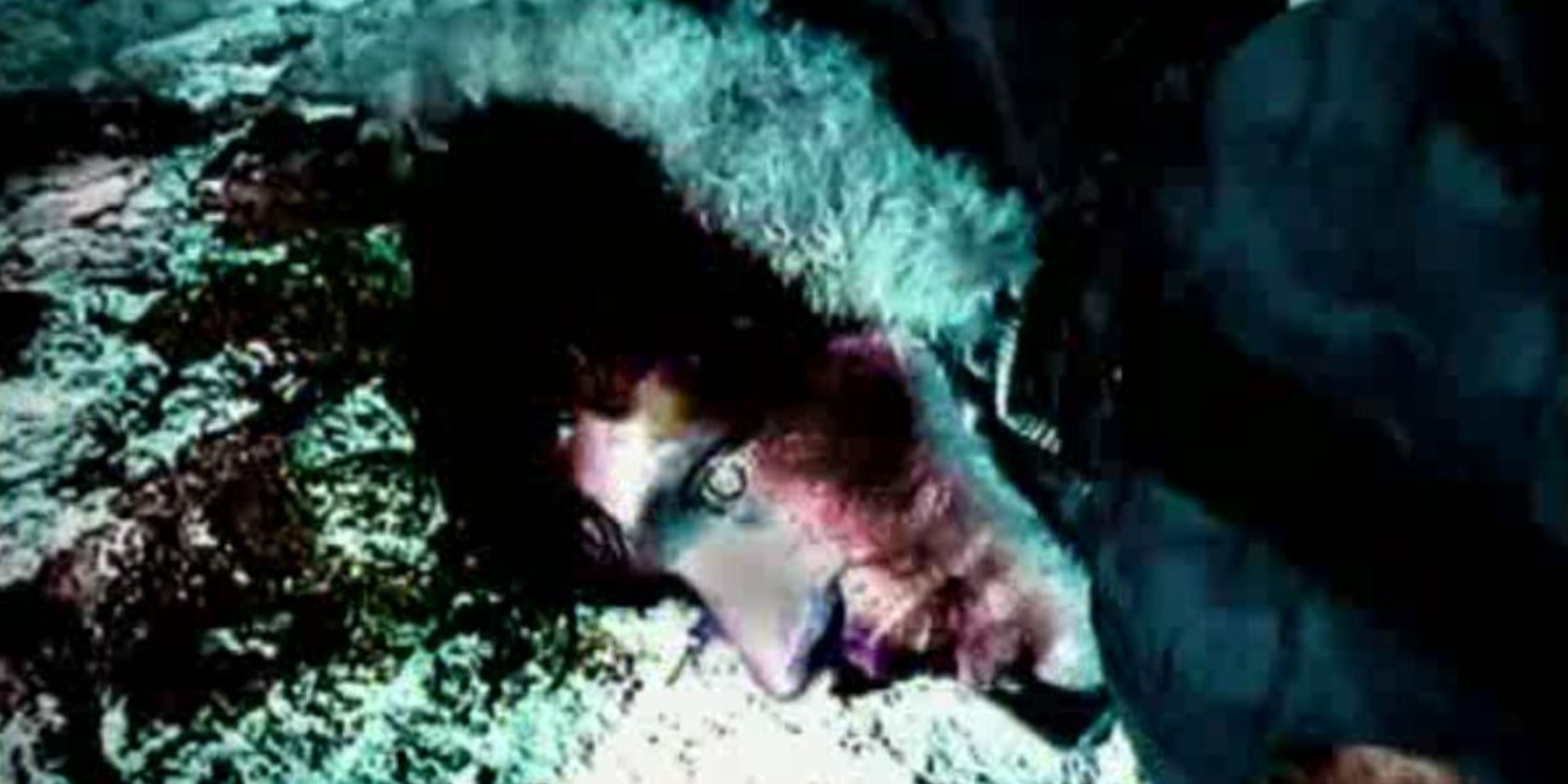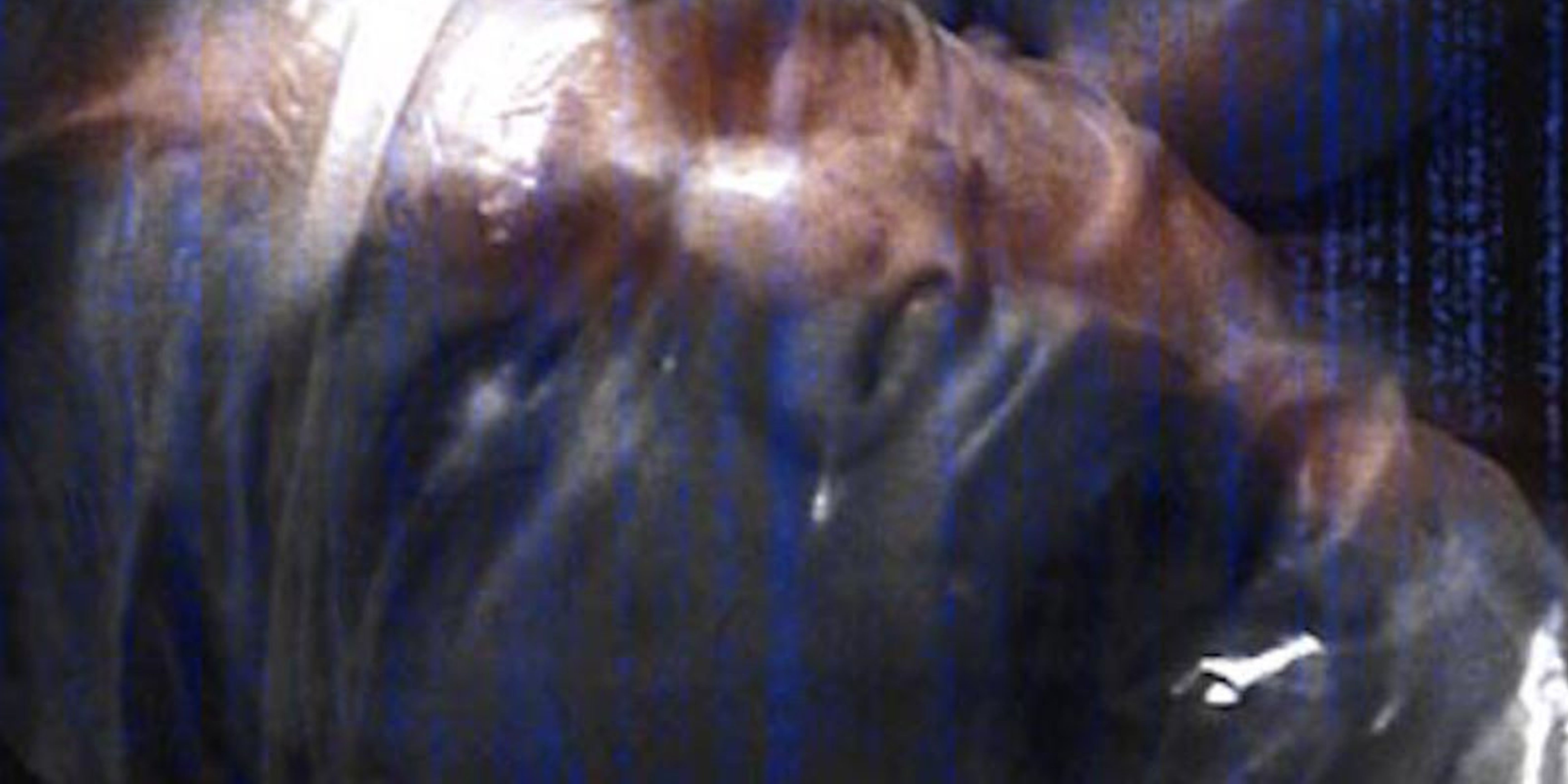Found footage has grown in popularity over the years. With recent entries in the genre such as V/H/S, Deadstream, Incantation, He'sWatching, and Skiminarink, to name a few that have gained traction, it is clear the horror genre is hungry for more.
While many are quick to jump the gun and say that The Blair Witch Project was the first to popularize such a fandom, there was one original entry in the genre that would come before it: 1998's The Lost Broadcast, co-written and co-directed by Stefan Avalos and Lance Weile. A poignant 24-hour news cycle that dives into the unnerving world of media versus reality, The Lost Broadcast underlines an unsettling point that unvarnished truth only goes as far as people are willing to dig.
Produced as a mockumentary, the film crew Stevan and Locus venture into the woods to search for the Jersey Devil and are murdered. Made on a budget of 900 dollars, The Last Broadcast would not contain the stylized found footage charm that The Blair Witch Project would make successful. However, its rough and dated cinematic elements add character to an already bygone era where technology and the internet were at the dawn of changing the world. While other elements in the film are slow-paced and rigid in their delivery, its unkempt quality provides a certain edge and eeriness to it that makes it feel relevant.
In addition, David Leigh's (David Beard) documentary adds another layer of disquieting terror as he tries to uncover the mystery of what happened that night of the murders of Stevan Avkast and Locus Wheeler in Pine Barrens, New Jersey. As Leigh's documentary continues, viewers get to know more about Stevan and Locus (Stefan Avalos and Lance Weiler), showing that the two had their own cable television show, Fact or Fiction, before they died. During one of their episodes, they set out to search for The Jersey Devil. When only one of their team members, Jim Suerd, makes it back alive after their search, police officials hold him accountable for the murders of Stefan Avkast and Locus Wheeler, for which he dies mysteriously soon after while in prison.
The fog starts to clear when a 9-1-1 call, newspaper articles, and news segments begin to surface. Many of them offer insights as to what happened that night, with one newspaper claiming that "the new medium called the internet" had something to do with their murders. The segment ends with Stevan and Locus, happy about their search for The Jersey Devil getting underway, unbeknownst to them that this will be the last night of their lives.
While at the beginning of the film, David has a great interest in finding out the truth behind the murders of Stevan and Locus, or as he refers to the killings, "murders of the new age," due to the internet chat relay that sparked the segment to take place in the woods that night. However, as the film progresses, He becomes increasingly interested in why Jim Suerd was easily framed for the murder. The police never look for other potential suspects nor investigate whether there were any other reasons why the two hosts of the show were killed. Because Suerd acted out of character during the murders, all attention is directed to Suerd without further discussion. During his documentary, Leigh points out that police used circumstantial evidence to frame Suerd for the murders. Leigh now believes that with his "final piece of evidence," he will be able to discover the truth about the murders.
The Lost Broadcast is a documentary about uncovering the secrets behind The Jersey Devil Murders, but there is so much more going on underneath the surface. At a time when reality TV was all the rage, Stevan and Locus are metaphors for two people capitalizing on this very idea. When reality TV came to fruition, so did a scripted version of the truth. This idea of truth runs through the fabric of The Lost Broadcast, and it takes form in many ways during this film. As the first of its kind in the found footage industry, its unaltered delivery, in a way, is the stepping stone to this theme of truth. While some see The Last Broadcast as crass on a cinematography level, it only adds to the authenticity of such an experience. Outside of its presentation, there is more to this story that further advances the value of truth within The Lost Broadcast. Its narrative pacing means more to this film than it meets the eye.
The Lost Broadcast is a mystery, but some layers go beyond the scope of its genre. From the first watch, it all looks like a series of interviews paired with a look into the lives of Stevan and Locus before their death. But with further inspection, The Lost Broadcast's acting is so seamless that the stylistic foundations of cinematic found footage vanish. While many of the actors are amateurs, the acting is one of the film's strongest qualities, supporting its genuine portrayal of its characters. While their moments are only fleeting, Stefan Avalos and Lance Weiler's performances add a lighthearted energy that juxtaposes its more spine-tingling and tense moments that coat most of The Lost Broadcast.
The Last Broadcast uses the viewer's imagination to generate such moments of terror, from its unclear and stark imagery to its foreboding vocal delivery, The Lost Broadcast dedicates its time and energy to bringing its viewers the stuff of nightmares. Through its hyper-realistic imagery, The Lost Broadcast does a superb job of grounding myth to reality. While the focus of The Jersey Devil poses a relentless sense of threatening tension throughout the film, The Lost Broadcast gives the monster a sense of duality. Is The Jersey Devil a demon that is lurking in the woods that killed Stevan and Locus, or is it a sinister presence that exists within the mind of a killer that set out to murder them in the woods? Regardless of how one answers this question, it is an inventive way of grounding urban legends through horrifying aspects of reality.
The Last Broadcast draws the chilling conclusion that there are hidden evils in the world that have yet to be discovered, and it is often the buried ones that emerge and strike at any time. Stevan and Locus, who dared to venture into the woods that night, paid the price with their lives, not knowing who or what might be lurking there. The Lost Broadcast is a horror/thriller wrapped in a found footage presentation that has a lot more to say about human evil than demons in horror. When the viewer discovers that David Leigh is the murderer and that he was the catalyst for why they went into the woods that night, it creates another unnerving layer of uncertainty. Trust is betrayed not only by those he murdered but also by the viewers who validated him throughout this experience.
The perception of truth is what makes The Lost Broadcast disturbing by nature. The media and the facts become one, and the story practically writes itself. Although the film was written in 1998, the concept is still frightening and relevant today. The Lost Broadcast captures human evil effortlessly with an underlying message that media often breeds a different kind of beast outside of the physical. A social device designed to capture the raw version of the truth frequently conjures up for fabrications. We may believe we know something because we believe pictures or videos tell us everything. Often, the truth exists beyond glorified digital parameters.

